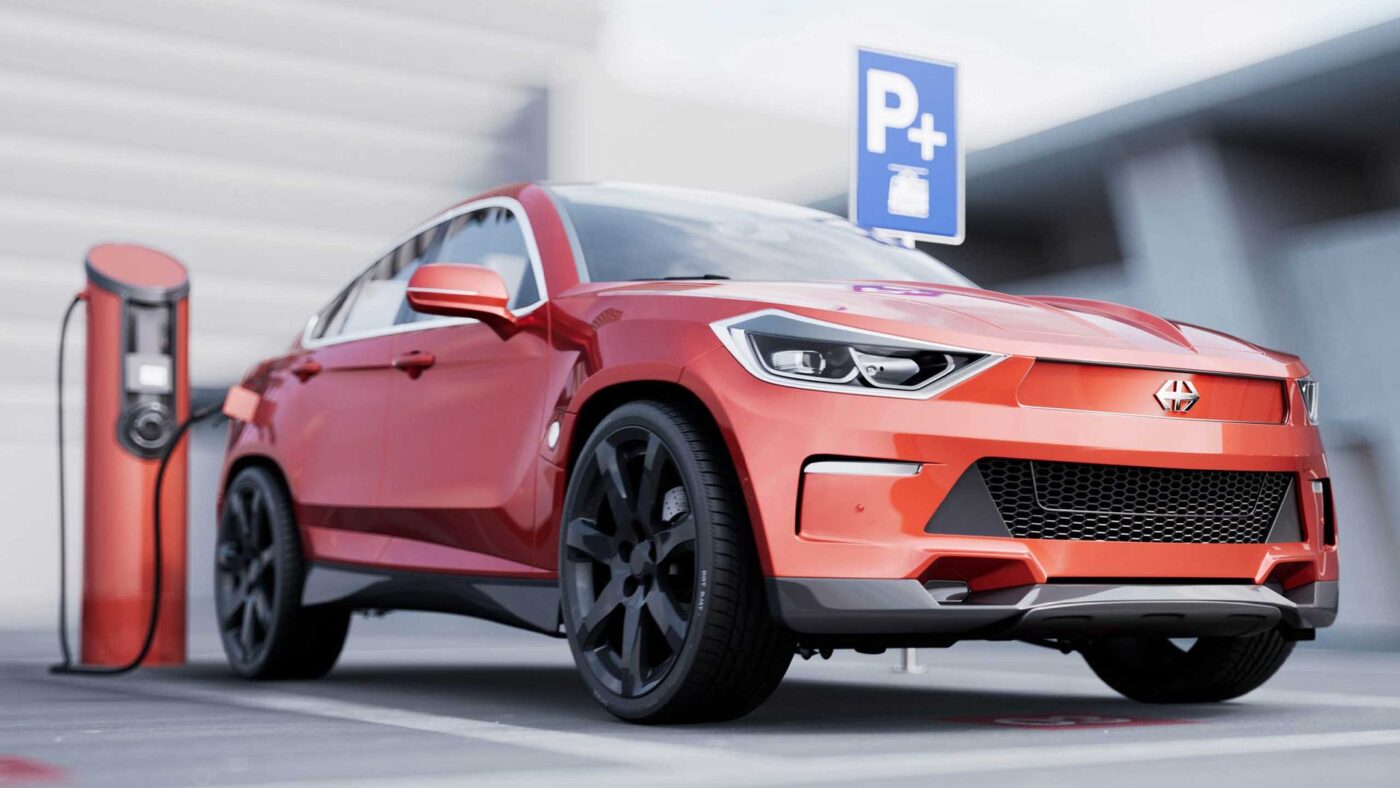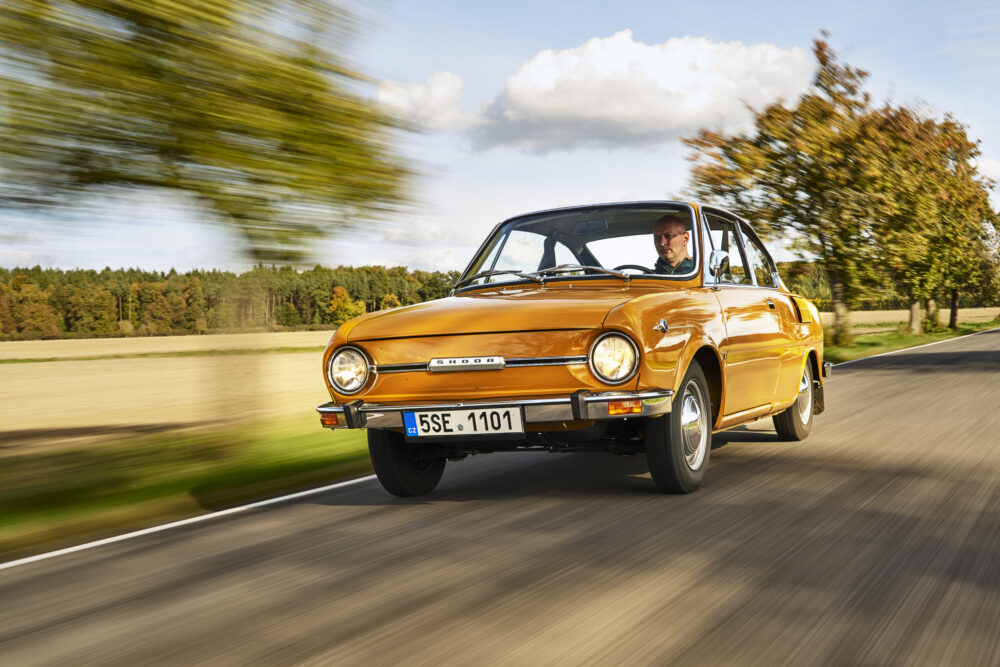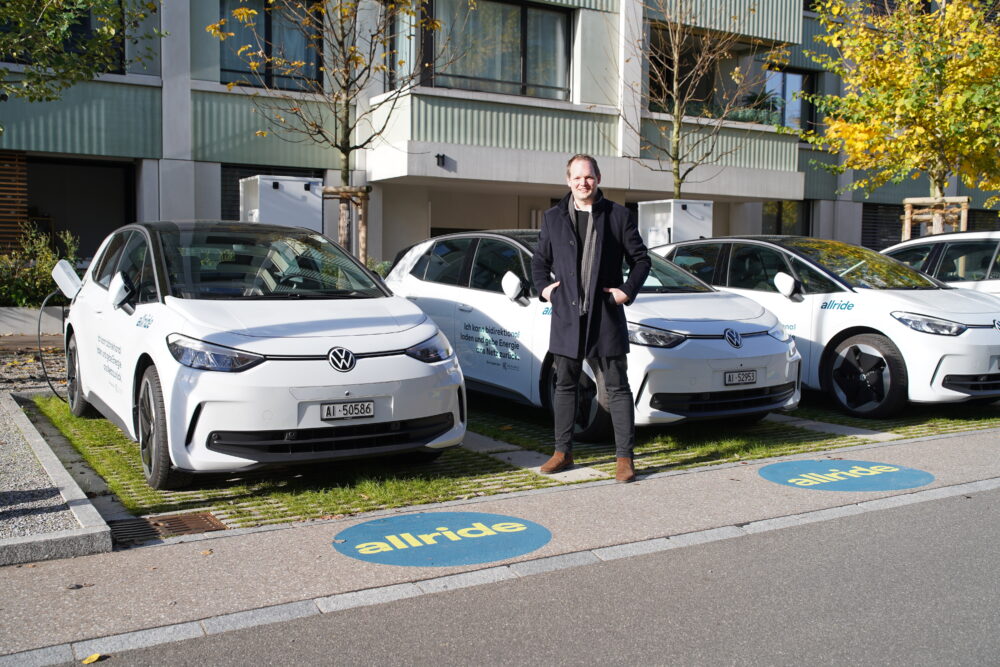Park and Ride: Clever transfer, stress-free arrival
Traffic jams, parking frustration, expensive fees: Anyone who drives into the city by car needs nerves of steel. One solution is called Park and Ride. Does the concept deliver what it promises?
The situation is as familiar as it is annoying: suddenly we can hardly move forward. There are only brake lights ahead as far as the eye can see. A glance at the navigation app doesn't bode well, and even the possible detours are colored red. The city so close - and yet so far away. Drivers can only hope that they won't lose too much time in the traffic jam. Once this test of patience has been overcome, however, the stress does not necessarily get any less: the search for a parking space in the city center is often very tedious. The solution to this problem might be closer than you think: Park and Ride (P+R). The principle is simple: car drivers park at a station in the suburbs and switch to public transport for the rest of the journey. In Switzerland, the term P+Rail is generally used because the parking spaces are usually located directly at SBB stations or S-Bahn stops. Especially for commuters from rural regions, visitors and tourists, this is a good way to get to your destination without stress and, in view of the high parking fees in cities, it is even cheaper.
Apps for booking
An example: If you want to travel to Zurich from Bern on the A1, for example, you can park your car at the P+Rail site in Dietikon ZH for eight francs a day, get on the train and arrive at the main station just fifteen minutes later (return ticket with half-fare travelcard for seven francs). By comparison, a parking garage in Zurich quickly costs between 35 and 45 francs per day. Apps are available for booking. A ticket can be conveniently booked via the SBB P+Rail app (a SwissPass login is required), which recognizes the location and searches for nearby parking options. Also helpful: modern systems display available parking spaces in real time. Tickets can be purchased by the hour or day and extended or canceled in the app; the parking time is checked digitally via the license plate. Other apps such as Parkingpay or EasyPark also cover many P+R zones; with Parkingpay, you only pay automatically for the actual parking time.

There are also weak points
The advantages of P+R are obvious: the parking spaces are cheaper than in the city, with daily prices ranging from 3 to 20 francs, depending on the location. Monthly season tickets cost between 30 and 160 francs, annual season tickets between 300 and 1600 francs (both only available in combination with a valid public transport season ticket). In addition to the lower costs, there are other factors that should not be underestimated: If you avoid city traffic, you remain largely stress-free - and at the same time do something for the environment and other drivers, because the car does not drive into the city center, which reduces CO₂ emissions, noise and traffic jams.
Despite all the advantages, the system does of course have its weaknesses. The number of seats is limited, which can be tedious, especially at busy stations. If you arrive too late, you are left empty-handed - even if you have bought a ticket in advance. Another point: not every P+R location is optimally connected to public transport. If the connecting bus only runs every 30 minutes, the time saved is wasted. Finding the P+R facilities also sometimes leaves a lot to be desired: those who are unfamiliar with P+R facilities sometimes spend a long time looking for signs. And finally, security is always an issue: cars parked in P+R areas for hours or days on end can attract thieves. At the end of July, for example, two cars were broken into in Zug.
 Foreign countries are still
Foreign countries are still
The potential of P+R is still huge, as a look abroad shows. In Amsterdam (NL), for example, there are spacious parking garages with combined offers: Parking ticket plus day pass for the streetcar at a single price. In Vienna (A), drivers can park at subway stations for around 4 euros per day and get directly into the city center. Copenhagen (DK) combines P+R with bike rental and an integrated public transport ticket. In Madrid (ES), on the other hand, many facilities can even be used free of charge if you have a valid public transport ticket. In Switzerland, we are not quite there yet, but cities such as Zurich and Lausanne VD are catching up.
Already attractive today
The conclusion: P+R may not be a panacea, but it is a clever and all too often overlooked alternative for many drivers - especially for commuters from the conurbation or for city visitors who don't want to deal with traffic jams and the hassle of searching for a parking space. Good planning saves money, time, nerves and the environment. However, the strengths of the system can only be fully exploited where there are enough spaces and dense public transport connections. There is still room for improvement here. Nevertheless, P+R is already an attractive option for a stress-free start to city life.









